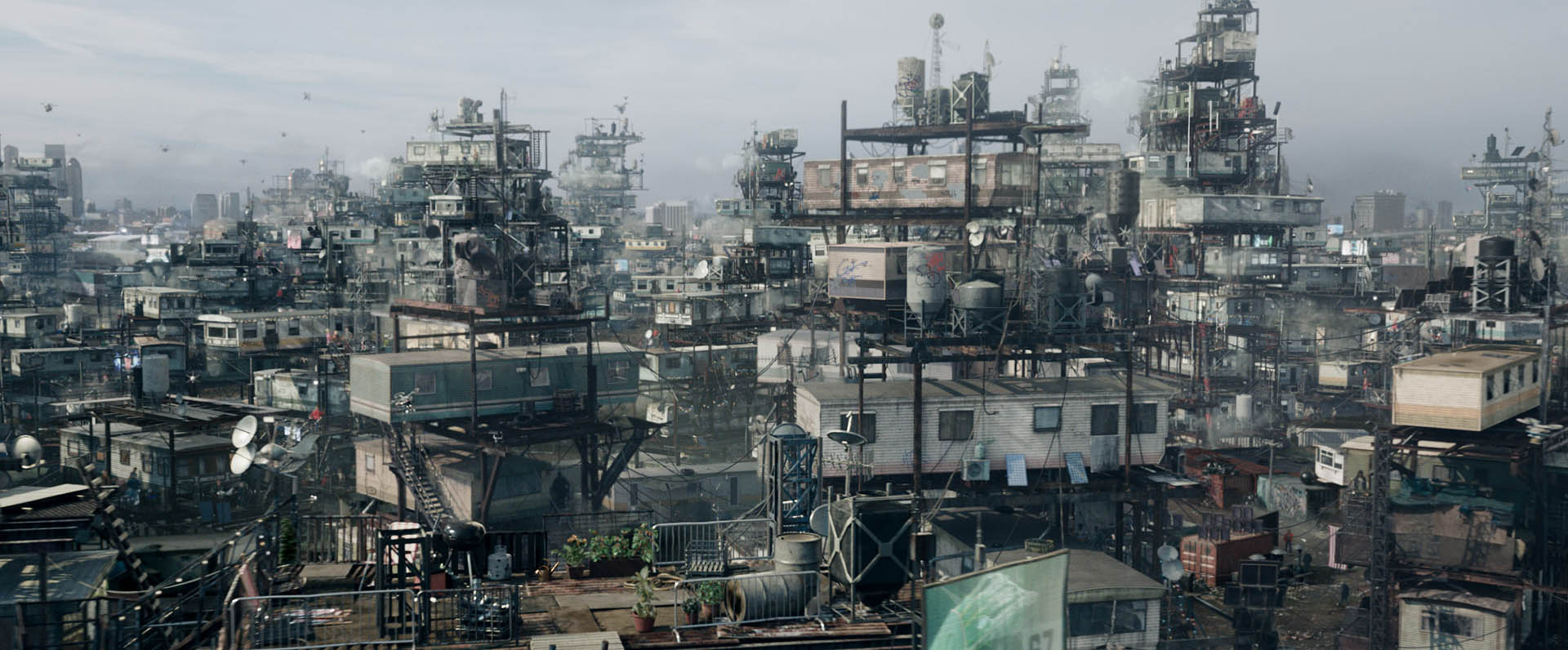“because of the Suez situation, we have a lot extra shipping containers lying around. How can we sell them in a way that makes the world worse?”
My guess is they are actually shipping these boxes from China.
I’m actually pro-container housing, but for different reasons than these capitalist pig-dogs. They’re portable, easily customizable with the right know-how (easy to add expansions, and to move around different units to change the layout) and reuses the hollow remnants of this capitalistic hellscape for something worthwhile.
I did a university project 10 years ago, “design an affordable environmentally friendly home”.
My idea was to reuse containers, at the time they were relatively cheap. Like practically free even.
My research results were quite disappointing though. Redesigning the containers was neither cost effective or environmentally friendly.
I wonder if that’s changed in the past decade?
Can you elaborate on that? Structurally they’re quite a bit sturdier than typical residential construction. You need doors and windows, but that’s a matter of cutting holes with a plasma torch. You can use 2x2 and foam board on the inside, and partially bury them in earth for the bulk of insulation, while running ducting, etc. under a raised floor. You certainly have limited space layouts–a CalKing bed ain’t fitting–but that’s not necessarily a deal breaker.
Personally, I lean more towards Quonset huts for inexpensive and durable construction.
I agree, practically in every scenario where we see dystopian things happening, the underlying problem is capitalism as opposed to technology being abused by it.
They have too many downsides. Most of them aren’t actually reusing containers because they’re usually too small and they’re coated with toxic materials that prevent mold and pests from living in them. They look large enough at first, but this is before you have to install a floor and walls and a ceiling with insulation all around and plumbing and electrical, etc. In addition, if you want to add windows by cutting into the sides, you’ve just undermined the structural integrity of the thing, as it’s premised on being exactly that (stackable) box. So then you have to reinforce the crap out of it if you want windows.
Putting all of that together, to safely put together a reasonably livable container home, you’re basically just using it as an aesthetic piece, as you’ve had to buy the shell new and then spend the rest of your budget trying to make it actually work as a home. It’s cheaper and better to build a small home with commodity materials unless you really, really want that aesthetic.
I had a job modifying them before. We actually completely removed the support bars in the middle. It does not compromise the structural integrity at all. They’re only nessessary if you’re filling them up with shit and stacking them up dozens of units high. You can then add walls, ceilings, and roofs that pop up out of the side of the structure, expanding the size from the initial footprint.
And if you have multiple units, you can connect and expand your living space that way. Get sick of the current layout? You can rearrange the units relatively easy, and if you ever want to move, it’s a hell of a lot easier to move than a full sized house.
It’s also possible to remove the toxic coating. It’s not imbued into the metal.
While they’re not without their downsides, that goes for every type of structure and every type of building material. Alot of the downsides you listed though are non-issues and I know this because of my own experience working on them. The biggest downsides are cost (which isn’t the best indicator of viability, capitalism skews our perception of value with cost) and the fact that simply put… They’re pretty fucking ugly.
“Do refrigerators still come in big cardboard boxes?” “Yeah, but the rents are outrageous”
The problem with housing is not the cost of the house itself, is the zoning laws that limits the amount of housing that can be built close to workplaces and where people wants to live. Just let construction companies built residential buildings, duplexes and other denser housing that single family detached houses and prices are going to go down.
We tried no zoning except parking minimums. The result was Houston.
Except parking minimums
Found yer problem
I think the real problem with Houston is the fact that it’s in Texas.
People generally want that suburban ideal, of a four bedroom house, two car garage, a front and backyard… Zoning would be needed to require housing to be denser, rather than allowing sprawl.
Private contractors also prefer building single family homes because they get paid way more to do 50 individual houses than put up an apartment that houses 50.
We aren’t here because people are stupid. We are here because this is where all the incentives align.
No, the problem with housing is that it is a financialized commodity that is engineered to go up in price faster than wages because it’s an investment. Not just for individuals, but for real estate companies and banks that gamble with the loans. Zoning laws are a symptom of this, but even if you basically get rid of them (as happens in various places in Texas), the same trend applies.
Those construction companies (really, real estate companies) all get big loans to build those apartments and they do so with an expectation of per-unit profits, often with unrealistic targets unless property values increase even more, and often targeting richer people. When they fail to rent enough at that price point, rather than decreasing rents (which would spook their lenders), they just leave units vacant until they can hit that price point. There are half-empty “luxury apartment” buildings dotting every major city due to this.
The most anyone can point to for the impact of zoning is that prices to rent tend to go up slightly slower.
Your local government is also likely funded by property taxes that are pegged to property values, which is why they never do anything sufficient to handle this issue.
Mass produced shipping container housing might not be a bad idea though if governments can fund it. As long as they have consistent design requirements factored in (electricity, water, and sewage hookups), a place to set up that hasn’t been NIMBY’d, and offered free to the people, I’d be all for it.
Let’s end the housing crisis. Let’s end homelessness. It isn’t impossible.

Letsgooooo
Is that photo real ? Which place and country is that ?
Columbus, Ohio believe it or not. Deadly housing, excellent internet.
Lol that’s the “stacks” from ready player one.
Which takes place in? Say it with me, Columbus, Ohio, USA.
Crazy but interesting.
We have houses already. We have enough houses to house everyone, it’s just not profitable to do so.
I live in an an area with a lot of empty houses. A lot of those houses are not fit for human habitation. Someone dies, the house gets tied up in probate, the kids don’t want to live in the area–nor do most other people–and so the house that was already in disrepair degrades more. And, TBH, moving homeless people to rural areas that have a lot of abandoned homes would make it harder for them to access social services.
Yeah, we have the houses. Just not where the homeless people are.
Do you not know that there is enough housing already? The issue is that housing is an investment object, and giving the people homes isn’t profitable. So a lot of housing goes unused to keep prices high and the investment profitable
These do help though. They’re great for student housing for example. Here in Albuquerque there is a long tradition of casitas that is thankfully being expanded through relaxed zoning. It provides a relatively quick way to increase density in areas built up with SFH without facing much nimby pushback. Housing prices are detached from supply/demand somewhat but not entirely, increase supply enough and prices drop.
You forgot to include that because of bad politics we now rely on corporations to help…
Some one has to make money to help the poor!
Sounds like the tin box is a solution for an individual looking for housing, worth $20,000 in the current environment. Nobody thinks this is a solution to the entire housing crisis.
It’s not a solution tho. Shipping containers are designed to hold freight not people.
- The walls are thin steel bakes/freezes with temperature, adding insulation just takes away more of the already thin container width
- Flat roof means rain, leaves, snow, etc just piles up and creates rust
- Shipping containers are valuable for transport - the real reason you see these and the tiny houses on wheels is because they conveniently ignore land needs for the house to actually sit on
Just to add, as long as the roofs aren’t damaged they are curved enough so rain drips off.
And while steel isn’t a good insulator it’s not like they insulate any less than other thin materials. But yeah they are too narrow to make the ideal tiny house.
They are also way too heavy and sturdy, you don’t need your tiny house to be able to be able to hold like 100 tonnes on the roof (posts) or 40 tones on the floor.
I looked into container houses and I’d absolutely love a house that I can move from city to city. Moving without packing shit up. I just wish they weren’t as heavy and a bit wider.
I’d also love the idea of “stacks” where you can slot in your container home into a vertical grid. The problem is that you generally want your entry to be on the long side, so you’d need lots of corridors in such a stack.
Isn’t this just Ready Player One?
Well I imagine it differently from the movie but I can’t quite picture it.
Hey Alexa, one box please.
Container housing? What is this, Nunavut? Haw haw haw haw!
Alexa, what is zoning










